If you’ve picked up a newspaper in the past decade, you might be aware of a few basic strategies for shopping smarter in the grocery store. Most of us, for instance, likely know that:
♦ It’s wise to stick to the perimeter of the store — produce, dairy, meat — where the fresh products are sold. (Interior aisles are filled, floor-to-ceiling, with processed foods.)
♦ Everything is positioned where it is for a reason — i.e., the most alluring items didn’t end up directly in your line of vision (and, more diabolically, your kids’ line of vision) by accident. To find the healthy stuff, you need to look up high and down low. (To see what we mean, check out the photo above.)
♦ It pays to read the label. I know that a quick scan of the nutrition facts panel will give me a sense of when something is high in fat or calories. And thanks to recent campaigns waged largely by enraged parents, I know to avoid trans fats, high fructose corn syrup, horse meat, pink slime, etc. I also know that it’s not a good sign when an ingredient list is so long, you need a magnifying glass to read it. (Unless it’s a birthday party or a barbecue; in our house, it’s never a birthday or a barbecue without the Reddi Whip or some S’Mores made from Hershey bars.)
But what I didn’t know until I had the opportunity to work with Michael Moss on his book, Salt Sugar Fat, was the degree to which processed food companies have formulated their products to not only get us to eat them, but to eat more and more of them. I didn’t know about the “bliss point,” or “mouthfeel,” or the high-stakes race for “stomach share.” I didn’t know that sodium was not the same thing as salt. I didn’t know that the average American now eats 33 pounds of cheese a year, that the most die-hard Coke drinkers — known within Coca-Cola as “heavy users” — drink up to 1,000 cans a year, or that the processed food industry accounts for $1 trillion dollars a year. Michael is a Pulitzer Prize-winning investigative reporter, and it shows: If you’re interested in the inside story of how the food giants have hooked a nation, if you believe that knowledge is power, if you want to know the marketing strategies that are behind those “convenient” items so many of us are feeding our children, this book might be a life-changer — or at the very least, a family dinner-changer. (You may have seen Moss’s book excerpted in The New York Times Magazine last Sunday.) We asked Michael to annotate the labels of a few of the country’s most popular, kid-friendly supermarket items to illustrate just how bad it is, and what we’re up against. He was kind enough to oblige. — Andy
- Hot Pockets is owned by Nestle, the Swiss-based food giant. In 2002, it paid $2.6 billion for this microwavable snack, and now counts it among its “billionaire brands” — with annual sales in excesses of $1,000,000,000.
- At a mere 4.5 ounces per sandwich, who wouldn’t be tempted to eat them both? But doing so could get you up to 12 grams of saturated fat (3/4 of a day’s max for most adults), 1,180 milligrams sodium (more than 2/3 of a day’s max), 5 teaspoons of sugar, and 700 calories.
- No trans fats? Well, yes, thanks largely to the fierce pressure consumers put on the manufacturers when the deleterious health effects of these fats became more widely known. But beware of any brag like this on the front of processed food labels. The fine print on the back usually reveals a host of items just as problematic for one’s health.
- Nutrition advocates have a simple rule of thumb when it comes to ingredients: avoid anything you can’t pronounce. Laden with chemical preservatives, emulsions and conditioners, this would not be a label for them. (Seriously, try counting the number of ingredients in there — if you can even read the microscopic type.)
- This label is actually a fascinating study on food processing. Consider the chicken alone, represented here as both “ground and formed,” whatever that means. And note the numerous mentions of salt, sugar, and cheese, including imitation.
- The FDA bears responsibility for failing to update its serving sizes, which grossly underestimates the power of salt/sugar/fat-heavy processed foods to compel overeating. But the food giants reap the benefit. A “serving” of these gushers weighs less than an ounce, which helps keep the numbers in the nutrition facts panel from looking too scary – 3 teaspoons of sugar per tiny pouch, versus 17 teaspoons per box. The problem is, lots of kids can’t stop at one pouch.
- First launched by General Mills, these “fruit” snacks have exploded in popularity and now have their own stretch of the grocery store, a million miles from the real fruit aisle. The reason for the growth: a huge, fruit-centered marketing ploy is driving sales. These sugar-bombs convey the illusion of health.
- Real Fruit? Not really. In truth, real processed fruit. Companies add these fruit derivatives to foods and drinks, sometimes in miniscule amounts, which allows them to splash the word fruit on the front of the label.
- Is table sugar worse than corn syrup? Nutritionists say they are indistinguishable, bearing the same number of empty calories.
- Pears and grapes are the most commonly used fruits in processed foods because they are cheapest to buy. The processing typically “strips” them of the fiber and the filling water that makes fresh fruit so wholesome. The result is just another form of sugar (often known as fruit sugar or stripped fruit).
- In this small of an amount, partially hydrogenated cottonseed oil likely has negligible effects on your health. But nutritionists say there are far better choices to look for, like canola.
- Each year, the dairy industry spends tens of millions of dollars trying to get Americans to eat more cheese through a marketing scheme overseen by none other than the USDA, and it’s a boon for the food giants. Average consumption has tripled to 33 pounds a person a year, thanks to new products like this all over the grocery store that use cheese as an alluring, fattening ingredient. Cheese used to be something we ate on occasion, when friends were over, before dinner. Now it’s in everything.
- The more cheese, the better: it’s an industry mantra. And companies are vying to outdo one another with the types of cheese they can pack into one can or box.
- With more than half of the calories coming from fat, it’s no surprise that oil is the largest ingredient after potatoes. Companies use these four oils — corn, cottonseed, soybean, and sunflower — and others interchangeably, depending on market supply and cost. Oil and fat are what give processed foods their sought-after “mouthfeel,” as industry types call it, which is a crucial part of a product’s allure.
- These Pringles have moderate loads for salty snacks… if you stick to a single, one-ounce serving. But let your child eat the whole can over two days, and they’ll get more than a full day’s max of saturated fat, two-thirds a day’s sodium, and a teaspoon of sugar thrown in for good measure. (Not to mention 2,000 calories.)
- People trying to limit their sodium have a lot to worry about when it comes to processed foods. These Pringles have four sodium compounds, including MSG, along with salt (added by itself and in each of the four cheeses).
Tune in to Fresh Air today, Tuesday, February 26, to hear Michael Moss talk more about Salt, Sugar, Fat.
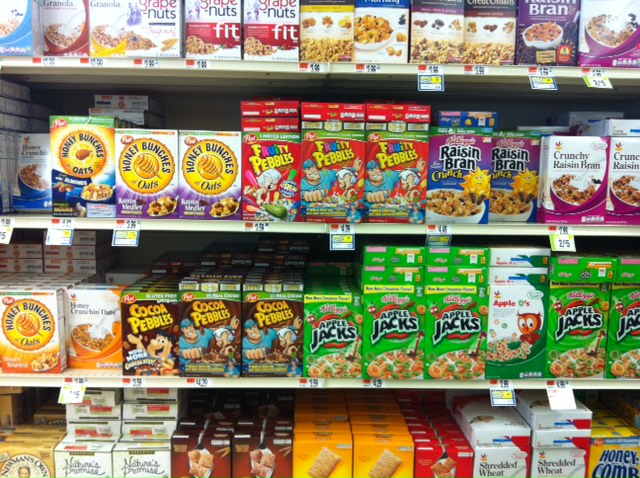
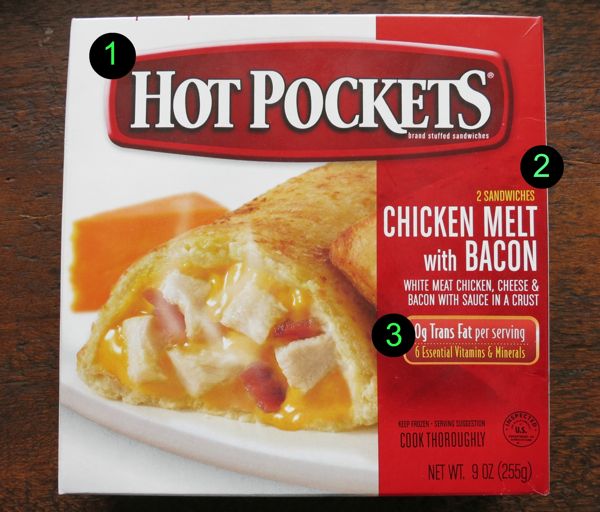

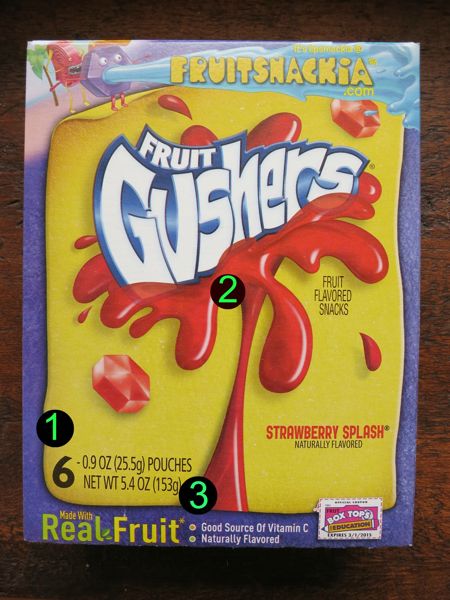
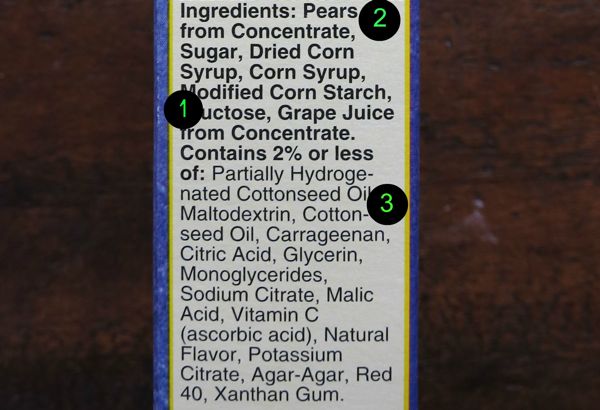
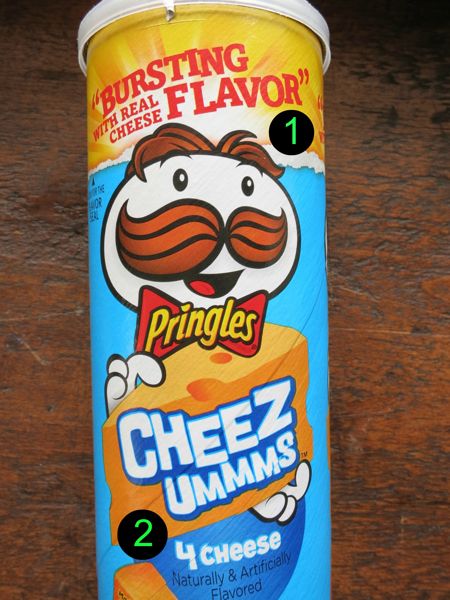
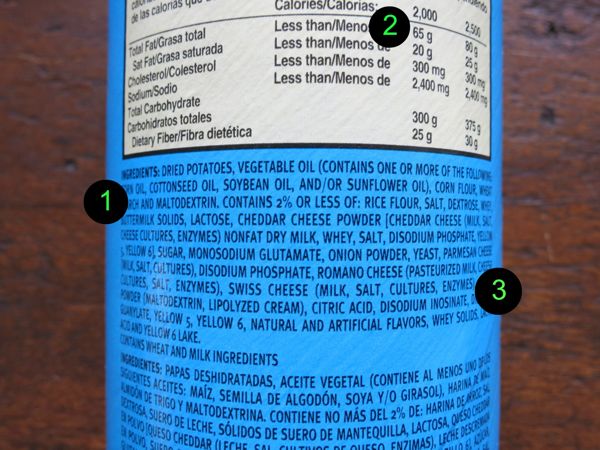
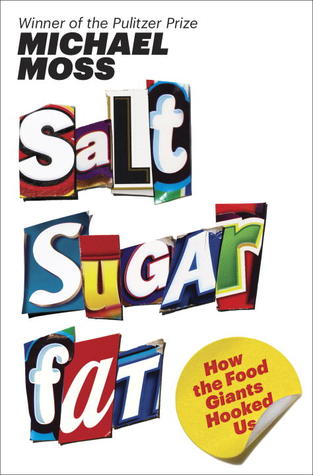

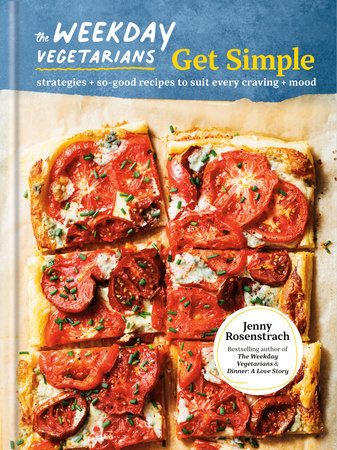
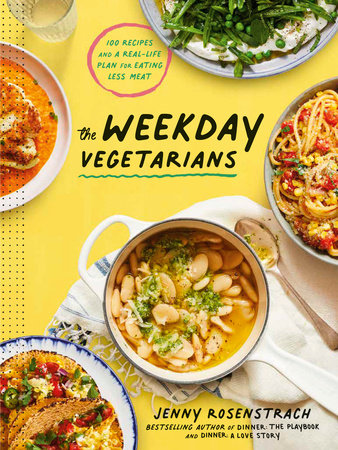
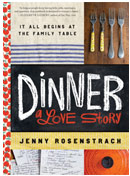
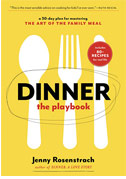

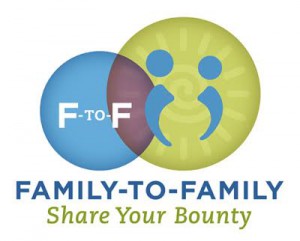
What a great post! It is truly frightening when you realize all of the crap companies put into the “food” they produce. I try to avoid buying anything with more than five ingredients.
And not even the food producers know what their raw ingredients are composed of, as the current horse meat in processed foods scandal rampages through Europe. Our relationship with food is so out of kilter not even the Ikea meatball is safe, it appears.
Great article and book, relevant to everyone regardless of country.
After I read his article in the NY Times, I took a closer look at our supposedly whole wheat sandwich bread and Googled the ingredients. Needless to say, I threw it in the garbage after looking up an ingredient that is also used in synthetic wax! I borrowed my mom’s bread maker and made our sandwich bread for the week with only five ingredients. If Justin Timberlake can bring sexy back, then I’m bringing bread back. Thank you Michael, I can’t wait to read your book!
I guess I’ve known about labels and ingredients to avoid, but what really shocked me about his story in the New York Times was how calculated these companies are and how much they know about our eating habits and patterns. To quote that insider “I feel sorry for the public.” That’s how I feel too. Thanks for the post.
There is nothing left to eat! Even “fresh” food is demonized by it’s sourcing, seeds, fertilizer, antibiotics, inhumane animal treatment, packaging, price, label mischaracterization, country of origin, etc.
Whoa, that is scary. I read an excerpt of the excerpt in the NYT, and I got really depressed. Thank you for posting this.
Yep, there’s plenty to avoid out there! Interesting about the various sodium compounds. The problem with that salty stuff is that once you start, it’s so hard to stop. Better just to skip it altogether.
Great post. All of these “foods” are clearly junk, but I find the line gets a little blurry for me with other items. I have convinced myself that anything from Trader Joes is BETTER. Their ingredient lists are usually about half as long as a similar item at the grocery store, their price is cheaper, and they taste great (my kids prefer TJ’s wheat crackers over wheat thins). I know the TJ’s pirate booty is full of empty calories and zero nutrition, but somehow I feel better about buying it. (Delusional, right?)
It makes me pretty sick. I try to eat healthy foods and do this with my child too. I try to pack as many of her lunches as possible, she wants to be like the other kids and have school lunch some days – but at least I know she likes to eat a fruit or veggie at her lunch and she gets a fruit or veggie in the morning snack at school via a cool program. http://lve.rdale.org/modules/cms/pages.phtml?sessionid=3c2f66cb003f523b833bdddf260dfac5&pageid=275209&sessionid=3c2f66cb003f523b833bdddf260dfac5
Great post. We eat very little processed food (or try to buy packaged items that contain few ingredients like corn chips or Kashi brand items) but this is a good reminder. We always have a secret stash of “fruit” snacks tucked up high in our pantry that we save for special occasions…so gross to think about what goes into them (and what kind of example are we setting for my kids that something so processed is the “treat” instead of some homemade treat). Anyway, thanks again. Can’t wait to read his book.
I really enjoyed seeing this post on here, I’ve been trying to avoid processed foods since my daughter was born, and it’s become hard to do these days!
Thanks so much! Let’s remember to check ingredients on Hot Pockets as well as that frozen pizza from Trader Joe’s, on fruit snacks and fruit strips, because when it comes down to it, it’s still junk food, even if it came from Trader Joe’s or Whole Foods.
This is such a great post! It’s really important to keep all these things in my mind when grocery shopping. It pays not only to be a mindful eater, but also a mindful shopper! Here’s an in-depth review of the food label: http://beanafoodie.com/decoding-the-nutrition-fact-panel/
Unsalted, homemade kale chips for all!
Great post. After reading the Times article, I am now trying to find a decent substitute for the shockingly sugary TJ yogurt I’ve been packing in my daughter’s lunch every day (all her classmates eat the same one). I’m not going to go crazy, but perhaps make small changes over time. Thanks for this!
another great book on this subject is “The End of Overeating”. Also addresses topics like “mouthfeel” and the fact that processed foods are basically engineered to have optimal amounts of sugar, salt, and fat to make us crave more and more. Our biology seems not to have caught up to our environment – we’re wired to crave high calorie foods so that we can stock up for when times are more lean and food is not abundant. But these days, food is always abundant.
I agree with some of the commenters that I’d love to see some label analysis of the “healthy” snacks at Whole Foods and Trader Joe’s.
I was fascinated by the NY Times excerpt, but was sad to learn that Stacey’s Pita Chip are owned by Frito Lay. I won’t be able to eat them now without thinking about “mouthfeel.” Also, Kashi is owned by Kellogg’s, fwiw, so I think their labels bear scrutinizing too.
I agree with Michelle, this was certainly eye-opening, but I would love more information on things that seem healthier. There are times when you do need something processed (or at least partially processed) and when things seem healthier like Kashi or Trader Joe’s I have trouble deciphering what is really going on. Would love suggestions from you guys!
Now that I think about it something like v-8 is a great example, is that actually healthy in anyway or is it bad? Obviously it’s not better than just eating vegetables, but is it better than juice?
Just saw Michael Moss on Dr. Oz and he was great! His story in the New York Times was the perfect conversation-starter, and I can’t wait to read his book. Our country has been in denial for too long, and I think it’s wonderful that he’s making it so hard for us to ignore these issues in our food consumption.
Great post, Andy. It is getting so difficult to find “real food” in the store these days. The most upsetting thing to me is how products like yogurt and bread, which are assumed to be “healthy”, have been hijacked by the food industry and their marketing (think Go-Gurt and bread with high fructose corn syrup in it!). Most busy families just don’t have time to keep up with all of the investigating it takes to ensure that we’re eating right.
A few months ago my six year old casually shared an observation she made about food. “Mom”, she said, “You know a food is healthy if you eat it and then your done. It’s unhealthy if you just want to keep eating more and more and more…” And there you have it.
My kids and I have an agreement: if there’s anything on the label that looks like it would be found behind the locked, glass cabinet in your chemistry classroom and you’re required to wear goggles in order to handle it, your internal organs will thank you kindly to leave it on the outside of your body.
There are few upsides to being the parent of a food allergy kid, but being able to keep a whole category of food out of our shopping cart and home is certainly one. (She’s allergic to milk – so no cheesy pringles or mac and cheese or hot pockets here!) And forcing us to read labels isn’t always a bad thing either. It can be hard to distinguish between “safe” and “healthy.”
Anyone who would voluntarily ingest a HotPocket deserves to have his/her mouth confiscated.
I pretty much stopped eating processed foods about 7 years ago. I do a lot of my shopping at Trader Joe’s but I don’t buy any of their prepared foods. Just groceries. Food preparation does take a little more time, but just a little.
Great info. Thanks. I’ve found that one way to get my kids not to eat this stuff is to let them eat it. We’ve tried some of the processed meals and invariably they always say “that wasn’t very good” or “that looked better in the package than it tasted and usually will go for my cooking. My kids prefer my mac & cheese to the boxed kind. Sometimes frustrating is their friends who aren’t very willing to try the homemade meals but just LOVE chicken nuggets.
very helpful and informative post! thanks for sharing
It’s pretty shocking what these big companies can get away with in their labeling, saying there is “real fruit” or “sugar-free” etc, doesn’t mean its good for you! It takes one company to hire one scientist to say this product is what they say it is, and they can pay that scientist however much is needed to get the outcome they want.
just posted it to my fb!
Great post! But so shocking to actually read what is being put in some foods. I’m picking this book up to share with my kids!
What’s frustrating to me is how biologically disposed my kids seem to be towards the processed stuff even though they barely ever have it. We live in Cambodia and I definitely limit the processed stuff and make a lot of stuff fresh. So I like to think I am cultivating little fresh food pallets. But the second they get their little tongues on those packages of instant oatmeal with like 2 tsp worth of sugar in them, they instantly prefer that to the homemade stuff made with brown sugar. Feels so hard to win!
Great post on reading labels. My daughter was diagnosed with Type 1 diabetes at age 7. For the past four years we’ve been diligent label readers, including her. She knows to look for serving size in order to figure out how many carbs are in each and every food item that she eats. Just this morning she was teasing me for losing count on the serving size of 55 Goldfish.
Loved the (terrifying) excerpt in the NYT Magazine. Can’t wait for the actual book – although, in a way it’s just confirming stuff we’ve all suspected forever. But it was pretty discouraging to hear 1. how long the companies have known this stuff is bad and 2. how bad they actually know it to be. When it comes to ingredients, less is always always more. … (Also, how cool that you worked on this book!!! Congratulations).
I agree with Michelle. These foods are obviously not healthy. I would love to see a post about foods we buy that seem like they should be but aren’t.
I am going to start eating bugs, I wonder what the dung beetle tastes like, maybe a bit of habaneras to help it go down.
At the beginning you said YOU got to work with Michael Moss on this book . What work did you do…would you please share. Would be interesting to see how a great blogger got picked & what your contribution was. Thanks…always finding myself going back to your blog now & then!